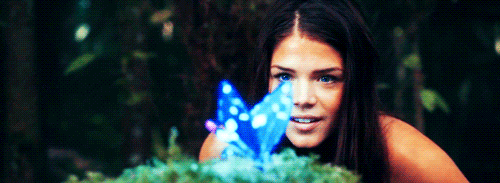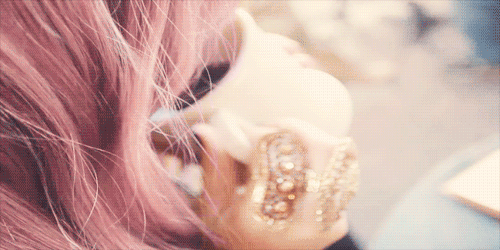 The Adaptable Brain
The Adaptable BrainAt birth, the portion of the brain that deal with vision, hearing, and all other senses are connected. As a sighted child continues to grow up, these connections begin to separate themselves from one another, until eventually independent centers in the brain control each of the different senses that a person can use. In a blind infant however, these connections might remain intact, and the job of processing sound might be shared by both the visual cortex, as well as the auditory processing centers. If a person loses his/ her sight during childhood or adulthood, the connections might have already been separated because myelin (the fatty sheath surrounding affected nerves) develops rapidly in the very young.
Neuro-ImagingResearch into blindness has found that while regions in the brain that deal with vision are smaller in blind individuals than in that of those who still have their sight, other non-visual areas are increasingly larger. Looking into the brain's potential to adapt after blindness, researchers have found that blindness causes structural changes in the brain, indicating that the brain may reorganize itself functionally in order to adapt to a loss in sensory input; the area's in the brain dealing with memory, hearing, and other senses becoming enlarged in an attempt to compensate for the fact that the person can no longer see.
EcholocationA blind person can become quite adept at using echolocation (identifying an object by the sound or echo that it makes) while moving through the world around him/ her. Children or babies that are born blind use extra hand movements as they crawl, slapping the floor around them to create a kind of auditory and sensory feedback. The use of reflected sound by blind children helps them to explore and manipulate aspects of the sound world, other visually impaired individuals may make clicking noises to note the changes in sound as the distance between them and different obstacles shift; this can also be seen in animals such as dolphins and bats.
Using Touch To Explore The WorldThe largest area of the brain's surface is devoted to the hand and the sense of touch, the skin being the largest organ of the body allows us to use this sense to the fullest, and the blind child is a "sensation" of information. Many blind individuals can feel changes in temperature as they near a window, wall, and other objects, relying on their enhanced sense of touch to help them explore the world around them.
A Deeper VisionBefore the invention of non-invasive neuro-imaging, people could only speculate and look on in awe at the increased abilities that those who were blind seemed to posses. The well-known painter, Pablo Picasso explored the nature of blindness during his "Blue Period", some claiming that he was able to find an intensity of other senses in his depiction of the blind. Researchers state that what you lose in one place, you gain elsewhere, reinforcing the idea that other senses are not only affected but also enhanced by blindness.







